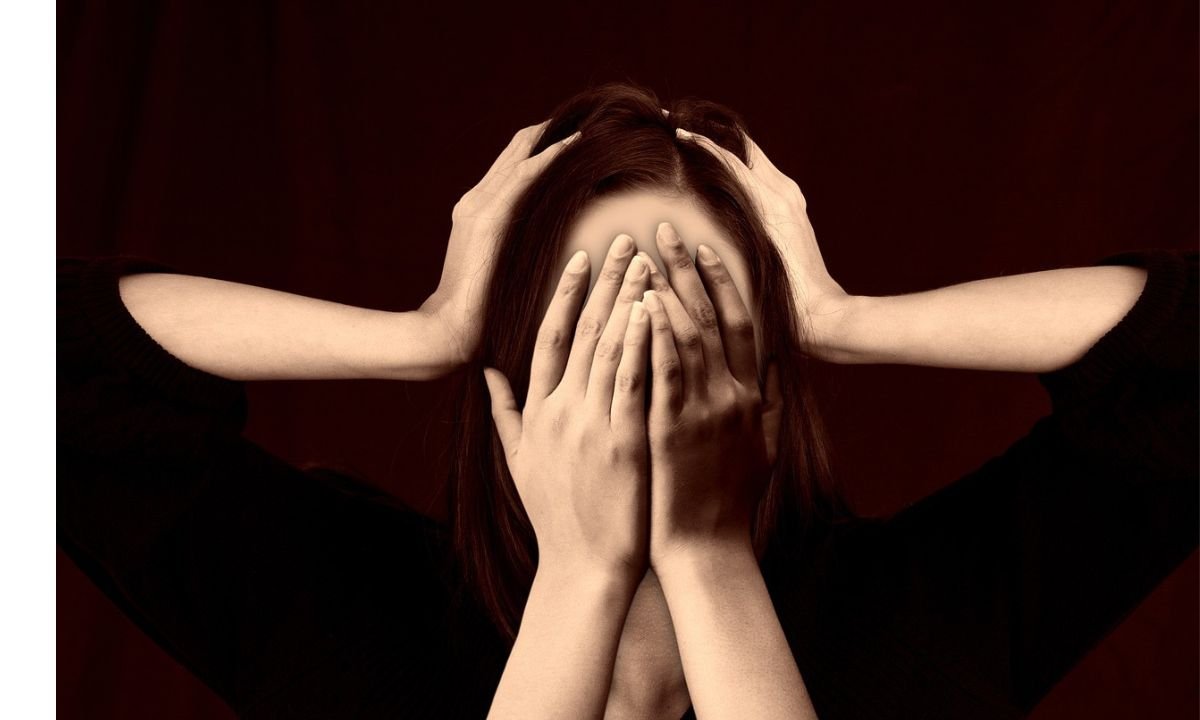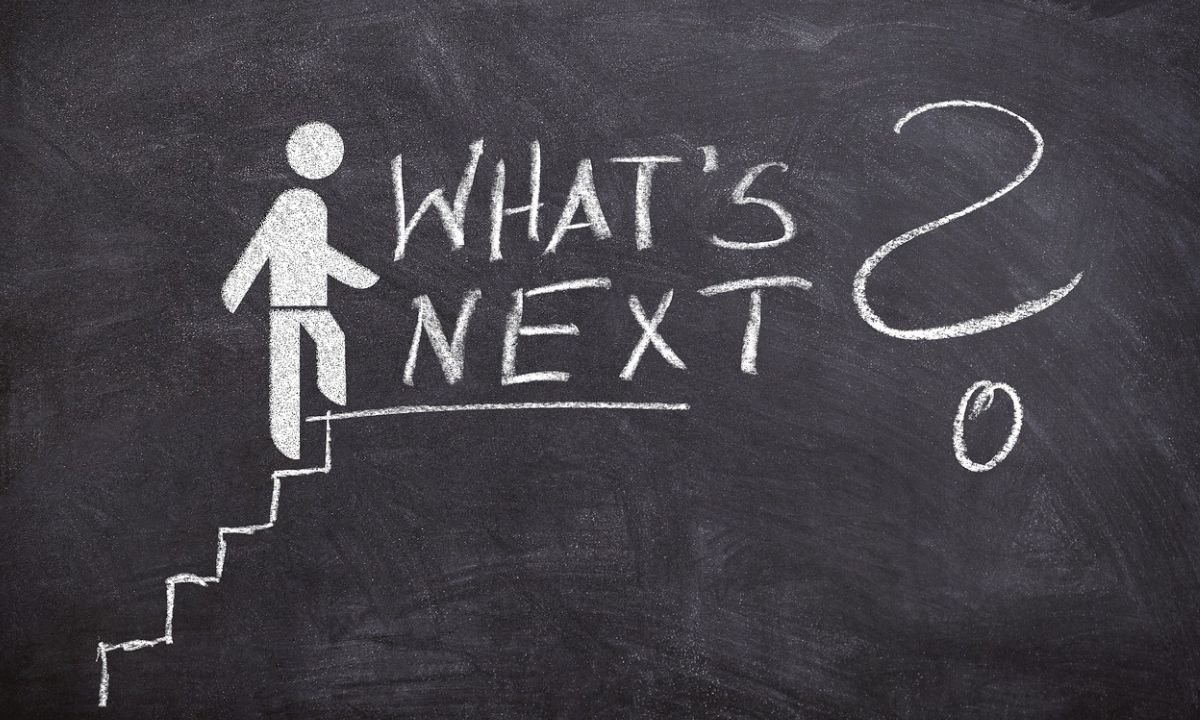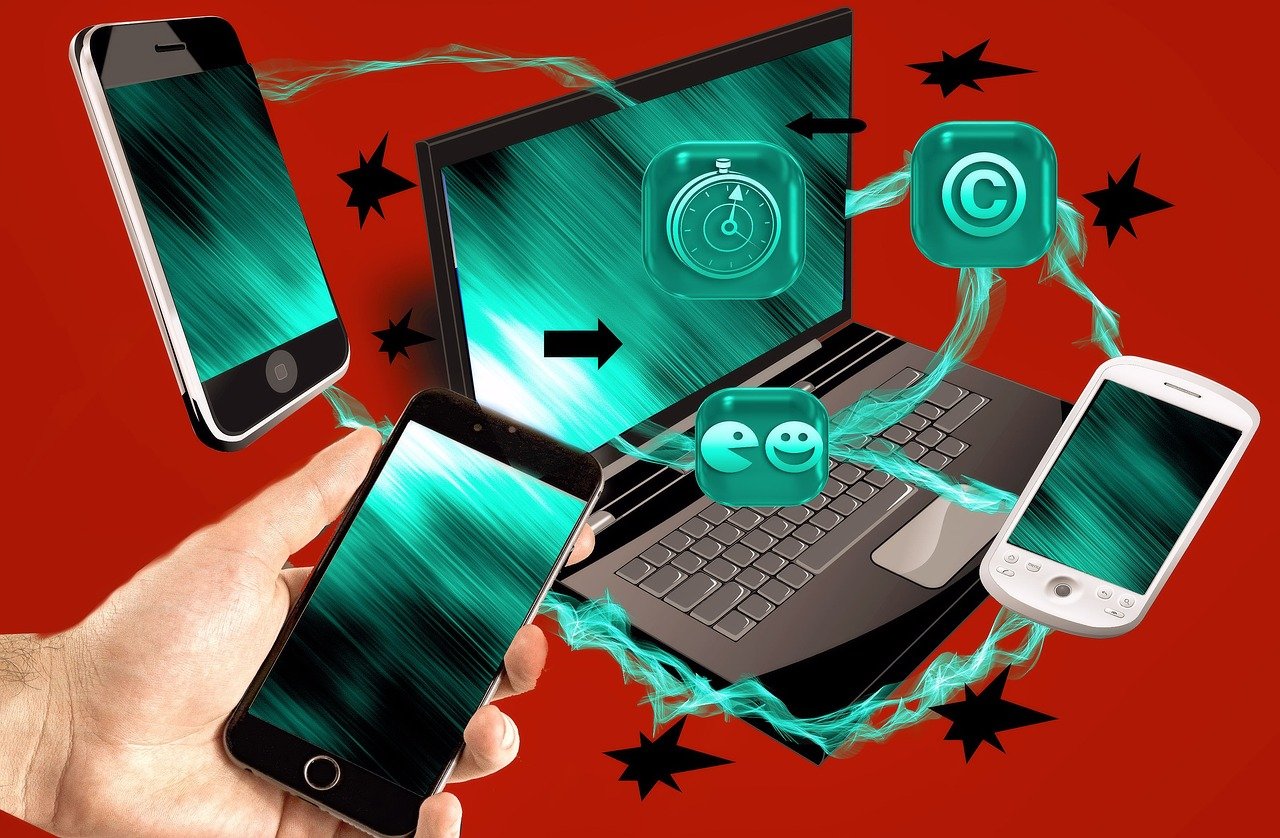Introduction
Have you ever encountered the term “possiblyethereal” and wondered about its significance in modern discourse? This intriguing phrase has found its way into various facets of our lives, from philosophical discussions to artistic expressions. In this blog post, we’ll explore what “possiblyethereal” means, its origins, and how it has evolved over time. We’ll also examine its current usage and impact on creativity and perception, inviting you to engage with this captivating concept.
Definition of “Possibly Ethereal”
At its core, “possiblyethereal” represents something that might be otherworldly, delicate, or transcendent. The word “ethereal” suggests a quality that is light, airy, and almost intangible, while “possibly” introduces an element of uncertainty or potential. Together, they create a sense of wonder and curiosity, inviting us to ponder the boundaries between the tangible and the mystical.
Importance and Relevance in Modern Discourse
In today’s fast-paced world, the concept of “possiblyethereal” offers a refreshing escape from the mundane. It encourages us to explore new possibilities, question our perceptions, and appreciate the beauty of the unknown. Whether we’re discussing philosophy, art, or everyday experiences, this notion connects us with the deeper layers of existence and invites us to expand our horizons.
Historical Context
Origins and Early Use
The term “ethereal” has its roots in ancient Greek philosophy, where it was used to describe the fifth element, or “quintessence,” believed to fill the heavens. Over time, the word evolved to encompass anything celestial or heavenly, and it soon found its way into literature and poetry as a symbol of beauty and transcendence.
Evolution in Philosophy and Literature
Throughout history, the concept of “ethereal” has been embraced by philosophers and writers alike. In Romantic literature, it represented the sublime, an experience that transcends the ordinary and evokes awe and wonder. In the realm of philosophy, it has been used to explore metaphysical questions about the nature of reality and the soul’s connection to the universe.
Contemporary Use
Examples in Art, Media, and Everyday Language
Today, the idea of “possiblyethereal” permeates various forms of artistic expression. From surreal paintings and music to imaginative films and literature, artists use this concept to evoke emotions and challenge perceptions. In everyday language, it can describe anything that feels magical or otherworldly, from a breathtaking sunset to a profound personal insight.
Impact on Creativity, Imagination, and Perception
By inviting us to consider what might be ethereal, this concept fuels our creativity and imagination. It encourages us to look beyond the surface, question assumptions, and explore new perspectives. In doing so, it enriches our understanding of the world and deepens our appreciation for the mysteries of life.
Analyzing the “Possibly Ethereal” Concept
Philosophical and Metaphysical Perspectives
From a philosophical standpoint, “possiblyethereal” challenges us to consider the nature of existence and the limits of human perception. It raises questions about the relationship between the material and the spiritual, the known and the unknown. In this context, it serves as a gateway to deeper exploration and understanding.
Cultural and Societal Implications
The concept also has cultural and societal implications, as it reflects our collective desire for meaning and connection. By contemplating the “possiblyethereal,” we recognize the importance of imagination and creativity in shaping our identities and communities. It serves as a reminder of the power of possibility and our capacity to dream.
Engaging the Audience
Interactive Quizzes or Thought Experiments
To fully engage with the concept of “possibly ethereal,” consider participating in interactive quizzes or thought experiments. These activities can help you uncover your own perceptions and beliefs, encouraging you to think critically and creatively about the world around you.
Encouraging Reflection and Sharing Personal Insights
Take the time to reflect on your experiences and share your insights with others. Whether through writing, conversation, or art, expressing your thoughts can deepen your understanding of the “possibly ethereal” and inspire others to explore this captivating concept.
YOU MAY ALSO LIKE
Clipart:t4h-x66pih4= Turkey The Hidden Gem in Digital Creativity
Conclusion
In conclusion, the concept of “possibly ethereal” offers a rich tapestry of meaning and inspiration. By exploring its origins, contemporary uses, and philosophical implications, we gain a deeper appreciation for the beauty and mystery of life. We invite you to continue your exploration, engage with others, and share your discoveries. Together, let’s celebrate the wonders of the “possibly ethereal” and the endless possibilities it brings.
Frequently Asked Questions
- What does “possibly ethereal” mean?
“Possibly ethereal” refers to something that might be otherworldly, delicate, or transcendent, combining the qualities of lightness and uncertainty.
- How is “possibly ethereal” used in modern discourse?
This concept is used in art, media, and everyday language to evoke emotions, challenge perceptions, and explore the boundaries between the tangible and the mystical.
- Why is the concept of “possibly ethereal” important?
It encourages creativity, imagination, and reflection, helping us appreciate the beauty of the unknown and explore new perspectives.
- What are some examples of “possibly ethereal” in art?
Surreal paintings, imaginative films, and evocative music often embody this concept, using it to provoke thought and stir emotions.
- How can I engage with the concept of “possibly ethereal”?
Participate in interactive quizzes, reflect on your experiences, and share your insights with others to deepen your understanding and appreciation.











